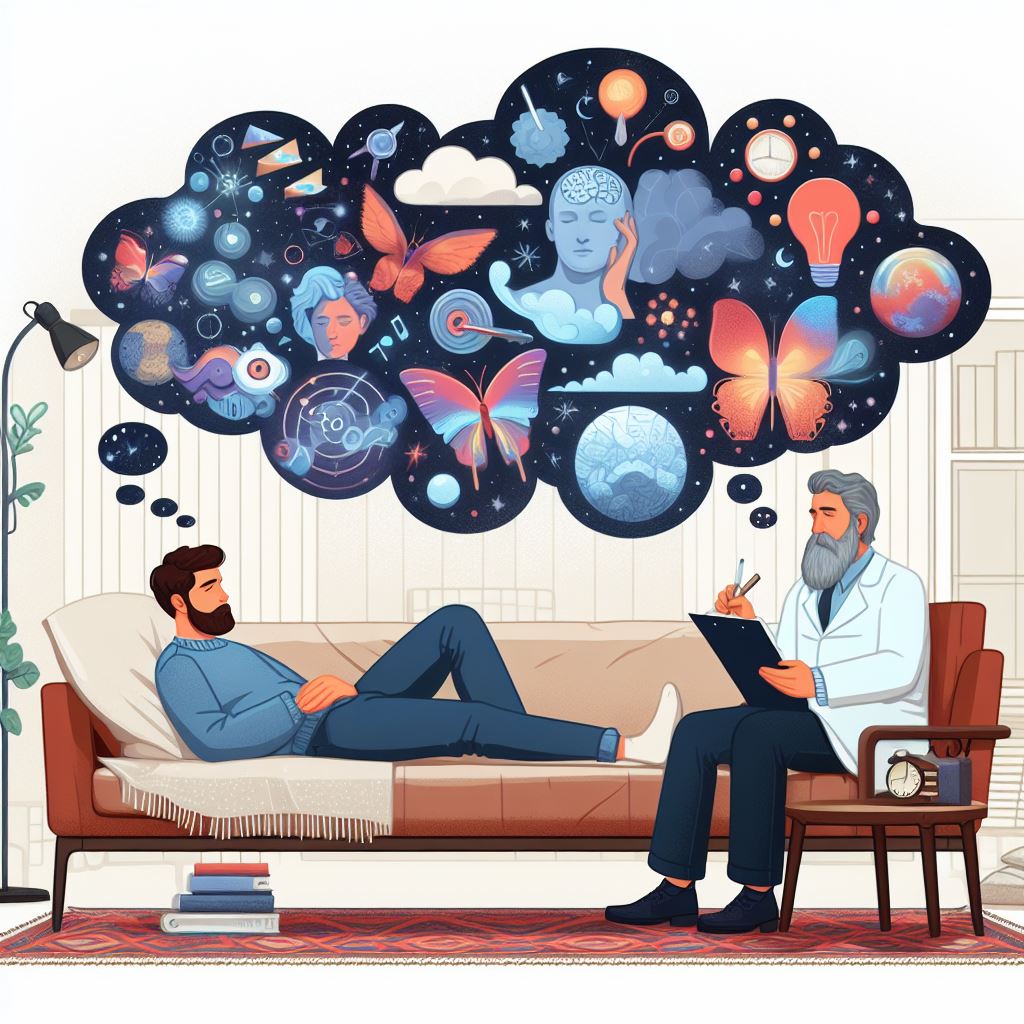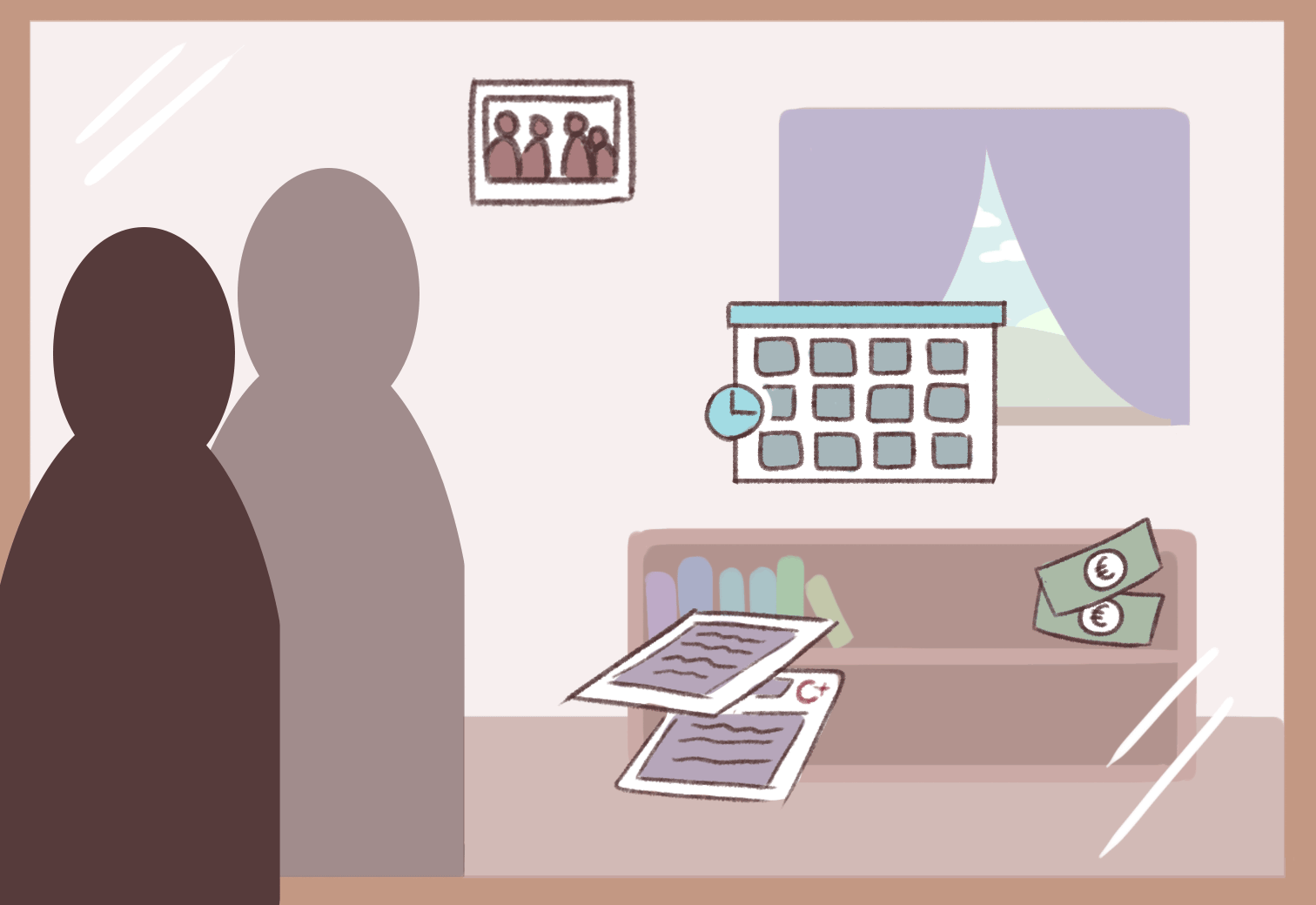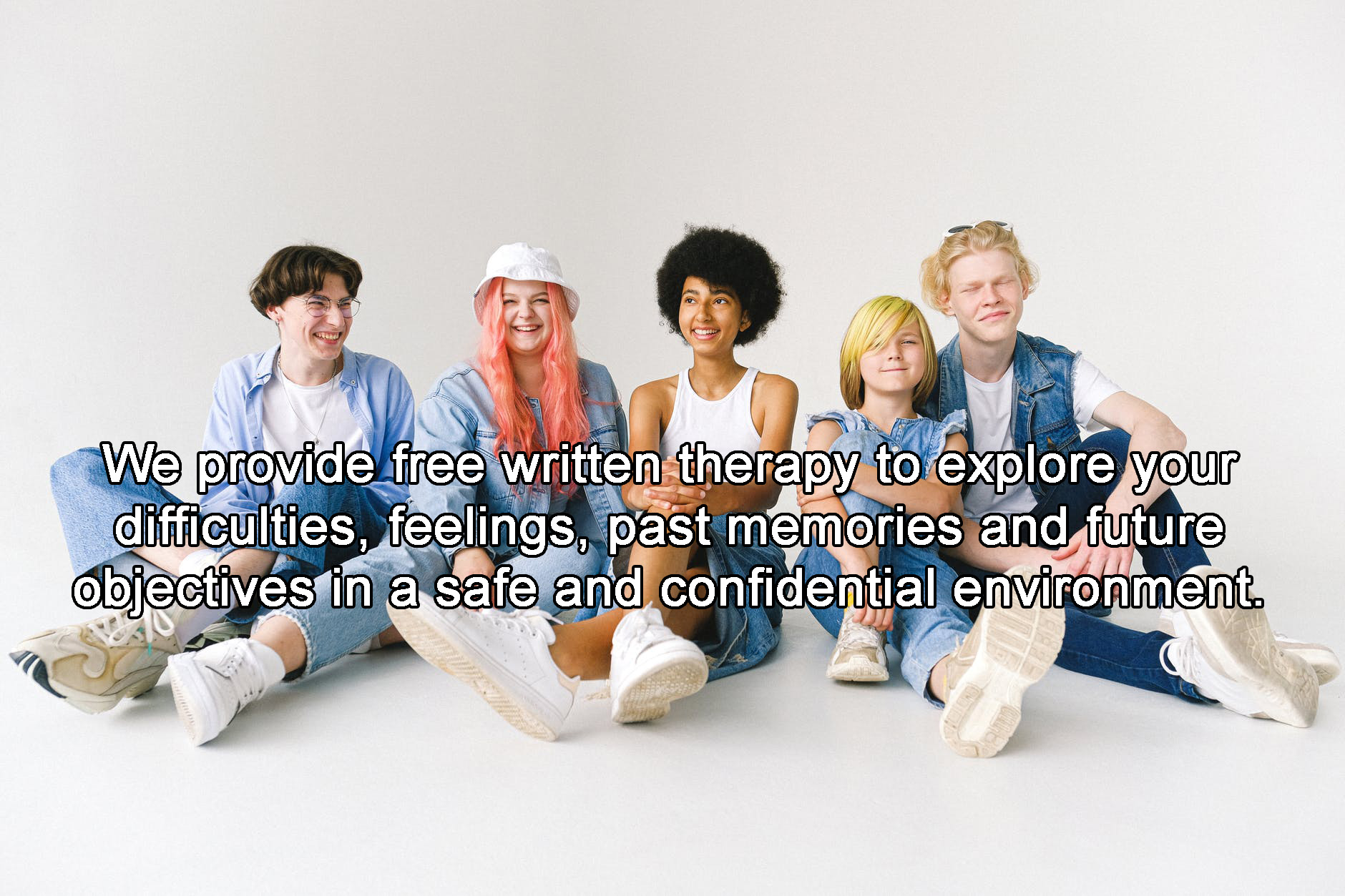
The Mental Health Revolution
Quantum healing presents a profound shift in our understanding of mental health, intertwining the principles of quantum physics to suggest that our interaction with energy profoundly shapes our reality and wellbeing. It heralds a quantum leap forward in addressing mental health concerns, offering new paradigms for managing conditions such as anxiety, depression, stress, attention deficits, hyperactivity, dissociation, and more, making it a cornerstone in the revolution of mental health care and personal transformation.
As we delve into the energetic field of quantum healing, we will explore how this approach transcends traditional therapy methods, further incorporating techniques like meditation, mindfulness, and guided visualisation to facilitate resilience, improve wellbeing, and offer support for those grappling with bereavement and emotional dysfunction. This article aims to be a comprehensive guide to understand and utilise quantum healing for mental health, enriched by academic references that detail its efficacy and transformative potential.
The Science Behind Quantum Healing
Quantum healing, at its core, is deeply rooted in the principles of quantum science, which posits that our physical reality is profoundly influenced by our consciousness and energy. This approach to healing is multifaceted, incorporating various techniques aimed at rebalancing energy and maintaining mental, physical, and emotional well-being:
Principles and Evolution
Based on universal laws of quantum science such as quantum (de)coherence, quantum entanglement, quantum superimposition, quantum tunneling, and wave-particle duality.
Marks an evolution in medicine, focusing on quantum units, non-locality, and energy medicine.Techniques and Modalities
Utilises visualisation, meditation, energy healing, and other mind-body interventions.
Includes Sound Frequency Healing and Microcurrent Technology for neuroplasticity, tissue and cell repair.Impact on Mental Health
Offers a drug-free solution for issues like anxiety, depression, and stress by addressing the root cause, i.e., energy imbalance.
Martha Blessing’s 5-step formula, for example, focuses on identifying and clearing the core cause, aligning values, and building courage.
Quantum healing’s holistic approach combines psychology, philosophy, quantum mechanics, and neurophysiology, aiming to heal the mind-body-spirit by altering consciousness and the energy field. However, it is recommended to consult healthcare professionals and rely on evidence-based practices for medical concerns. Critics call for rigorous scientific validity, urging caution. Professionally, I do not recommend replacing conventional medicine with quantum medicine. Instead, I encourage you to use it as a complementary medicine to boost the mind and resolve ailments by strengthening sensory feedback loops.
Techniques and Modalities in Quantum Healing
In exploring the realm of quantum healing, we may uncover a variety of techniques and modalities that serve as pillars for this transformative approach. Central to this is the understanding and application of several key practices:
- Meditation, Identity Exploration and Visualisation
These practices are foundational when shifting our mindset and developing a conducive environment for healing. By focusing our thoughts and harnessing the power of our beliefs, we can initiate profound changes within ourselves. - Comprehensive Self-Care
Emphasising the significance of nutrition, exercise, and sleep, this aspect of quantum healing underlines the interconnectedness of physical health and mental well-being. Such lifestyle choices are instrumental in maintaining the balance of our energy fields. - Positive Emotional Cultivation
Engaging in activities and thoughts that promote love, gratitude, and joy not only uplifts our spirits but also triggers the release of hormones conducive to healing such as dopamine, serotonin, oxytocin, and norepinephrine. This practice is pivotal in reducing stress and enhancing our overall health.
Quantum Leaps Online Therapy
- Quantum Entanglement and Resonance Therapy
- Meditation and Quantum Reflex Analysis
- Energy Work
- Visualisation and Quantum Touch
- Quantum Superposition and Tunnelling
Each of these modalities, from the use of sound frequencies in Quantum Energy Therapy to the immersive experience of channelling neurolinks, aim to address mental health concerns by realigning our energy fields and harnessing a state of balance within the quantum field which resonates into the physical field. Notably, techniques such as Quantum Healing Hypnosis and the innovative Quantum Field of Potential highlight the expansive nature of this approach. Furthermore, the inclusion of Gamma Brain Waves highlights the scientific basis of quantum healing, offering an archway to enhanced cognitive-behavioural functions and emotional resilience. Through these diverse techniques, quantum healing presents a holistic framework for addressing a spectrum of conditions, including anxiety, depression, and stress disorders, thereby contributing to a revolutionary shift in mental health care.
Understanding Quantum Resonance
In our exploration of quantum resonance within the realm of mental health, we uncover its foundational principles and applications which can be implemented in online therapy.
- Foundational Principles
Quantum resonance therapy, grounded in quantum physics, aims to address the root cause of mental health symptoms by correcting energy imbalances. This therapy leverages universal laws, akin to gravity, ensuring its applicability to all individuals in distress or those who want to know their story and expand their identity. Through resonance, quantum events can induce consciousness changes on both micro and macro levels within a living system, illustrating its broad impact.
Applications in Practice
Resonance is not confined to quantum healing alone but is also prevalent in meditative and healing practices, such as chanting within a sound frequency, highlighting its universal application. The brain’s electrical activity, manifesting as brainwaves from delta to beta, plays a crucial role in resonance, with specific brain regions thickening in those who meditate regularly. Techniques like Phase Conjugate Adaptive Resonance (PCAR) theory and Adaptive Resonance Theory (ART) further elucidate the role of resonance in living forms, emphasising its significance in consciousness and cognitive functions.Impact on Cellular and Molecular Levels
Resonant vibrations, especially in megahertz and kilohertz frequencies within neural cells, align with Roger Penrose’s Orchestrated Objective Reduction model, suggesting a quantum computed process of consciousness. The phenomenon of resonance enhances oscillations within living forms, such as proteins, creating constructive or destructive interference patterns that can either amplify or reduce effects, respectively. Quantum-based models, applied at the cellular level, have elucidated the mechanisms of consciousness and cognition, demonstrating the impact of resonance on the biological cellular network and the circadian rhythms.
These insights into quantum resonance reveal its implications for mental health, offering a holistic approach that transcends conventional treatment modalities when integrated.
Case Studies in Quantum Healing
In our journey through the transformative world of quantum healing, we’ve encountered compelling case studies that provide evidence for its potentials in mental health care. One standout example is the QUANTUM study conducted by The Patel Laboratory at UC San Diego School of Medicine. This groundbreaking research involved nearly 1000 participants and meticulously collected various health metrics. The study’s rigorous methodology included:
- Comprehensive Intake Assessment: Capturing heart rate, sleep patterns, activity levels, heart rate variability, and stress levels. Additionally, nearly 800 subjects provided samples for microbiome analysis and cheek scrapes for epigenetic studies.
- Intensive Meditation Workshop: Participants engaged in a 7-day comprehensive program led by Dr. Joe Dispenza, featuring early morning wakeups, multiple meditation sessions, lectures, and nutritious meals, all designed to foster a conducive environment for meditation and self-reflection.
- Analysis and Insights: Researchers observed healthy transitions and transformations in individual health metrics over the week. The study not only highlighted the unique population of individuals committed to daily meditation practices but also offered valuable insights into the health benefits of such practices, emphasising their roles in health resilience and empowerment.
On the other hand, Martha Blessing’s quantum healing method presents another fascinating case. This approach, specifically aimed at alleviating anxiety, has shown remarkable success, particularly among those who had not found relief through conventional treatments. These studies collectively illustrate the impact quantum healing can have on mental health, providing a beacon of hope for those seeking alternative therapeutic avenues.
Conclusion
Through the exploration of quantum healing, we’ve illuminated an archway in the mental health revolution, integrating the dynamic interplay of energy and consciousness with the potential for multidimensional personal transformation. The principles of quantum physics offer a fresh lens through which we perceive mental health, giving rise to techniques such as meditation, visualisation, and the revolutionary Quantum Resonance Theory. These modalities not only promise a new era of healing beyond traditional psychiatry but also elucidate the importance of inner balance and energy alignment for holistic well-being. The journey through scientific foundations, detailed modalities, and compelling case studies reiterates the substantial role that quantum healing plays in shaping the future of mental healthcare.
As we ponder the broader implications of these discussions, it becomes evident that the scope of quantum healing extends beyond the individual, hinting at a paradigm shift in our collective approach to wellness. The dialogue surrounding quantum healing urges a continuous exchange of ideas and further exploration. In the spirit of ongoing inquiry and the pursuit of health and well-being, book an appointment today and explore the transformative potential of quantum healing for yourself. The energy field holds more answers than we’ve ever imagined, highlighting the infinite possibilities that quantum healing brings to the realm of mental health, identity, and personal growth.
FAQs
What does the quantum leaping theory entail?
The quantum leaping theory refers to the phenomenon where an electron (e.g., of anxiety, depression, stress) orbiting an atom (e.g., of the mind) transitions between different energy levels, which are called quantum leaps or jumps. When an electron descends to a lower energy level, the atom emits a photon (e.g., a metaphysical release), and conversely, it absorbs a photon when an electron ascends to a higher energy level or is ionised (leaves the atom/mind).
How to explain what is a quantum leap?
A quantum leap signifies an abrupt change, a sudden increase, or a dramatic advance. While the term “quantum leap” is not commonly used in scientific discourse, it stems from the term “quantum jump,” which specifically denotes the sudden transition of an electron, atom, or molecule from one distinct energy state to another. This jump can further be used to combat autoimmune disorders, anxiety, depression, stress, and their psychiatric manifestations.
How is a quantum leap defined in the context of life psychology?
In life psychology, a quantum leap represents a significant multiplication of your life and results, as opposed to the more common incremental growth or stagnation. The concept suggests that there is always room for improvement in life’s outcomes, and through online therapy, the approach is to strive for a five times higher improvement across all facets of life since you can apply the therapeutic interventions from your comfort zone.
What methods can be used to achieve a quantum leap?
To achieve a quantum leap, one can employ techniques such as visualisation, writing manifestations, multidimensional shifts, zero-point field (shoonya as explored in spiritual transformation), identity exploration, and positive thinking. These tools are designed to help facilitate a quantum jump. It’s important to note that quantum shifts are not instantaneous. They require time and effort to overcome limiting beliefs and entrenched conditioning. A mental health professional may triangulate quantum healing with cognitive-behavioural therapies and gestalt therapies. At the end of every session, a quantum leap is taken to release your energetic arousal and hormonal toxins for you to be able to unlock your blockages and reach the highest levels of consciousness healing.
References
Latif, W. A., & Ggha, S. (2019). Understanding neurobehavioural dynamics: A close-up view on psychiatry and quantum mechanics. MJMS, 26(1), 147–156. https://doi.org/10.21315/mjms2019.26.1.14
Pereira, C. (2015). Quantum resonance & consciousness. Journal of Consciousness Exploration & Research, 6(7). 473-48. https://philarchive.org/archive/PERQR
Venkatasubramanian G. (2015). Understanding schizophrenia as a disorder of consciousness: Biological correlates and translational implications from quantum theory perspectives. Clinical Psychopharmacology and Neuroscience, 13(1), 36–47. https://doi.org/10.9758/cpn.2015.13.1.36
Author Bio
Anney Roy works with the World Health Journey Online Therapy Centre. Simultaneously, she is working on a PhD in Medical Psychology at Charles University in Prague. As a Trauma Specialist, she has extensive experience working with individuals facing a range of challenges, including anxiety, depression, stress, dissociation, trauma, and mood-related complications. Through her specialisation in Cognitive Behavioural Therapy, Gestalt Therapy and altered states of consciousness, she employs a client-centred and holistic approach to help individuals explore and integrate their thoughts, emotions, and behaviours for meaningful personal growth.









